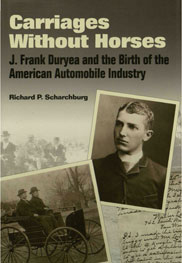Technical Paper
Robust Sensor Fused Object Detection Using Convolutional Neural Networks for Autonomous Vehicles
2020-04-14
2020-01-0100
Environmental perception is considered an essential module for autonomous driving and Advanced Driver Assistance System (ADAS). Recently, deep Convolutional Neural Networks (CNNs) have become the State-of-the-Art with many different architectures in various object detection problems. However, performances of existing CNNs have been dropping when detecting small objects at a large distance. To deploy any environmental perception system in real world applications, it is important that the system achieves high accuracy regardless of the size of the object, distance, and weather conditions. In this paper, a robust sensor fused object detection system is proposed by utilizing the advantages of both vision and automotive radar sensors. The proposed system consists of three major components: 1) the Coordinate Conversion module, 2) Multi level-Sensor Fusion Detection (MSFD) system, and 3) Temporal Correlation filtering module.

